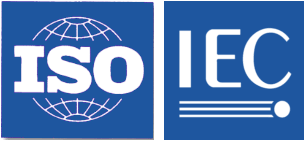This document provides detailed technical requirements and guidance on how organizations can achieve an appropriate level of risk mitigation by employing a well-proven and consistent approach to the planning, design, documentation, and implementation of data storage security. Storage security applies to the protection of data both while stored in information and communications technology (ICT) systems and while in transit across the communication links associated with storage. Storage security includes the security of devices and media, management activities related to the devices and media, applications and services, and controlling or monitoring user activities during the lifetime of devices and media and after end of use or end of life.
This document provides an overview of storage security concepts and related definitions. It includes requirements and guidance on the threats, design, and control aspects associated with typical storage scenarios and storage technology areas. In addition, it provides references to other International Standards and technical reports that address existing practices and techniques that can be applied to storage security.
ISO/IEC 27040
https://www.iso.org/standard/44404.html
